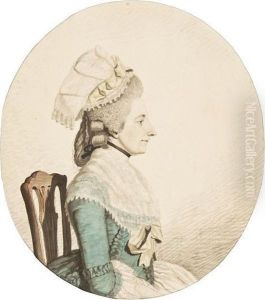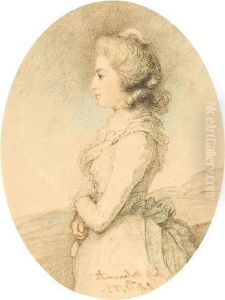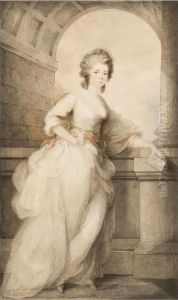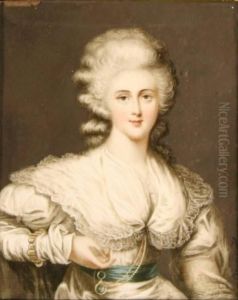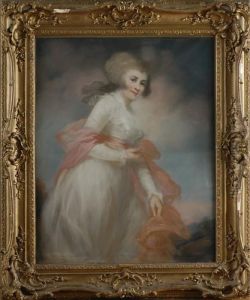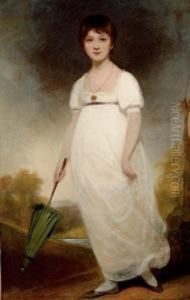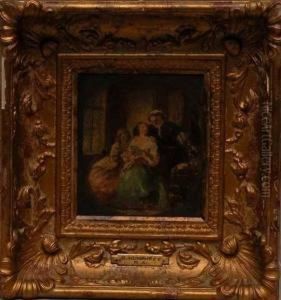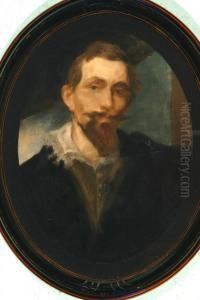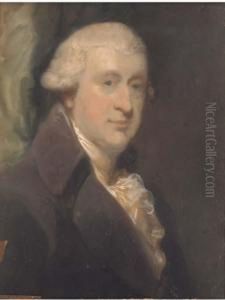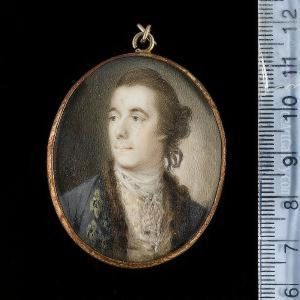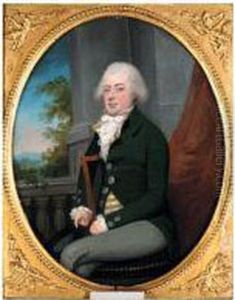Ozias Humphrey Paintings
Ozias Humphrey was an English painter of portrait miniatures, born on September 8, 1742, in Honiton, Devon. He was educated at the Royal Grammar School, Guildford, in Surrey. Following his education, Humphrey studied art at the Shipley's drawing school where he won a prize for a crayon drawing in 1759. After his initial training, he went on to study with the renowned painter Samuel Collins in London.
Humphrey's talent was recognized early in his career, and he began to build a reputation as a skilled portraitist. In 1764, he traveled to Italy with his friend George Romney, who was also a painter, to further his study of art. During his time in Italy, Humphrey was particularly influenced by the classical art and culture that surrounded him, and he honed his skills in painting miniatures. He was in Rome when he met the famous historian Edward Gibbon and the painter Nathaniel Dance.
Returning to London in 1771, Humphrey quickly established himself as a leading miniature painter. He became a member of the Royal Academy in 1770 and later served as its librarian. Throughout his career, he maintained a successful practice, painting portraits of well-known figures of the time, including members of the royal family. Humphrey was known for his attention to detail and his ability to capture the character and personality of his subjects.
In the 1780s, Humphrey traveled to India, where he stayed for a few years. His time in India expanded his artistic repertoire and introduced him to new subjects and patronage. After returning to England, he continued to work as a portraitist but also experienced failing eyesight, which ultimately led to his decline in productivity and popularity.
Ozias Humphrey's contributions to the field of miniature painting were significant, and he is remembered for his role in developing the English school of miniature painting. His works are a testament to the elegance and sophistication of late 18th-century British portraiture. Humphrey's art continues to be appreciated for its historical value and its artistic merit. He passed away on March 9, 1810, in London.





